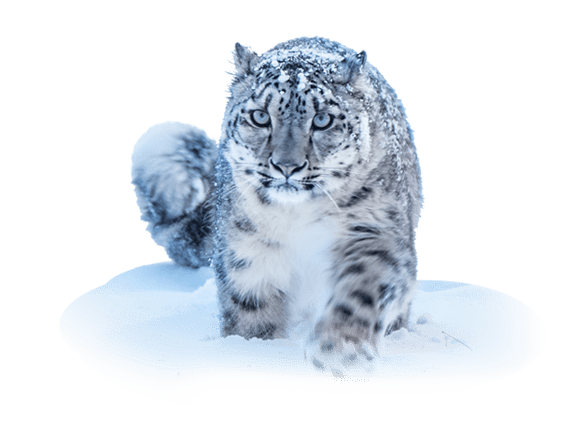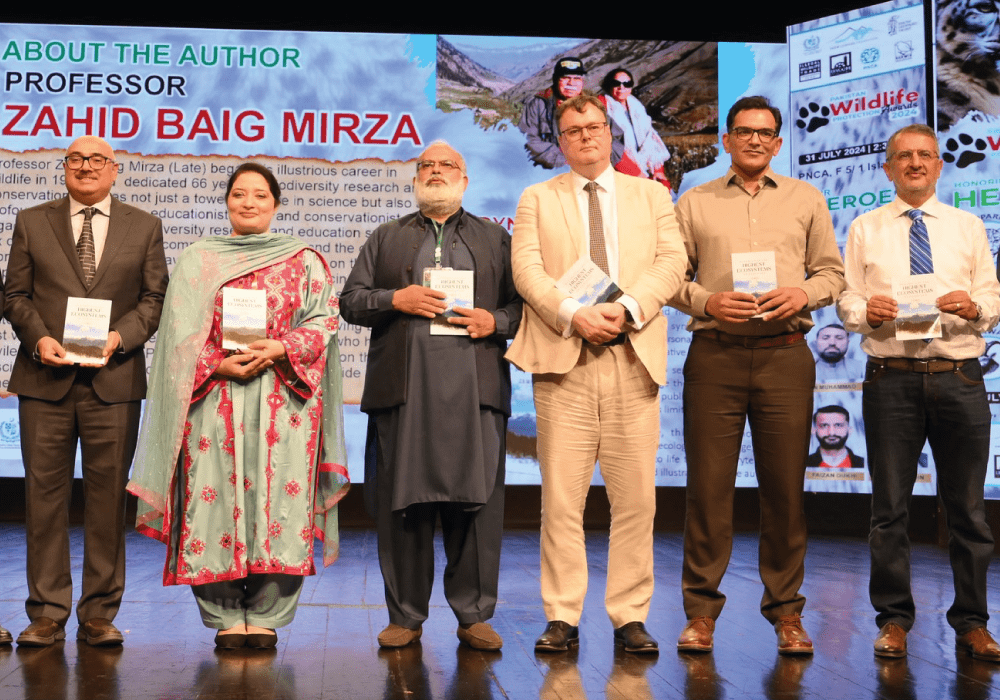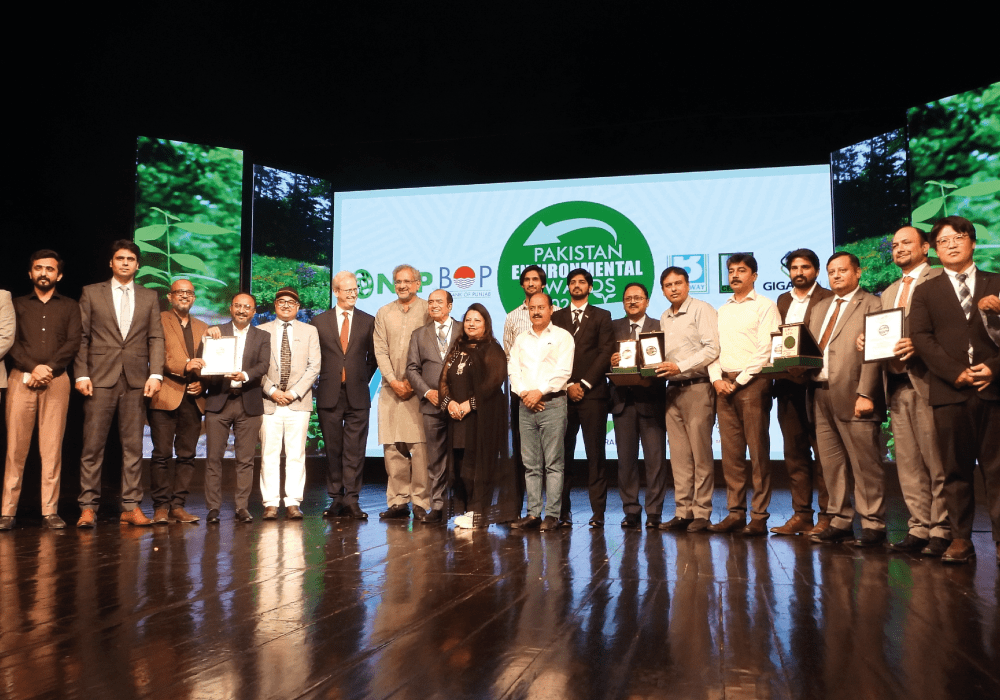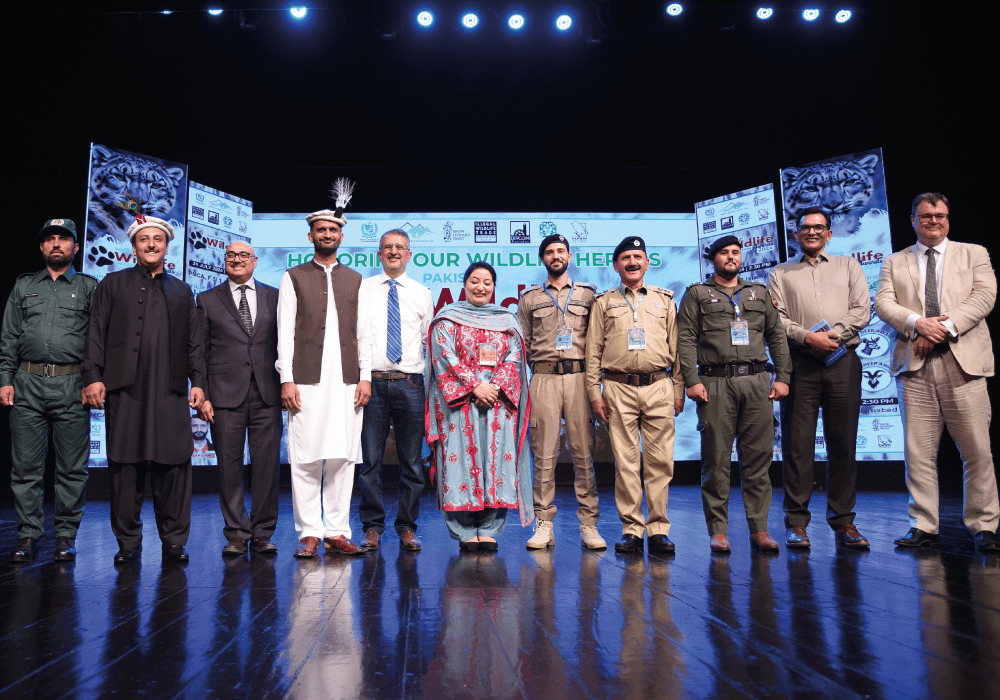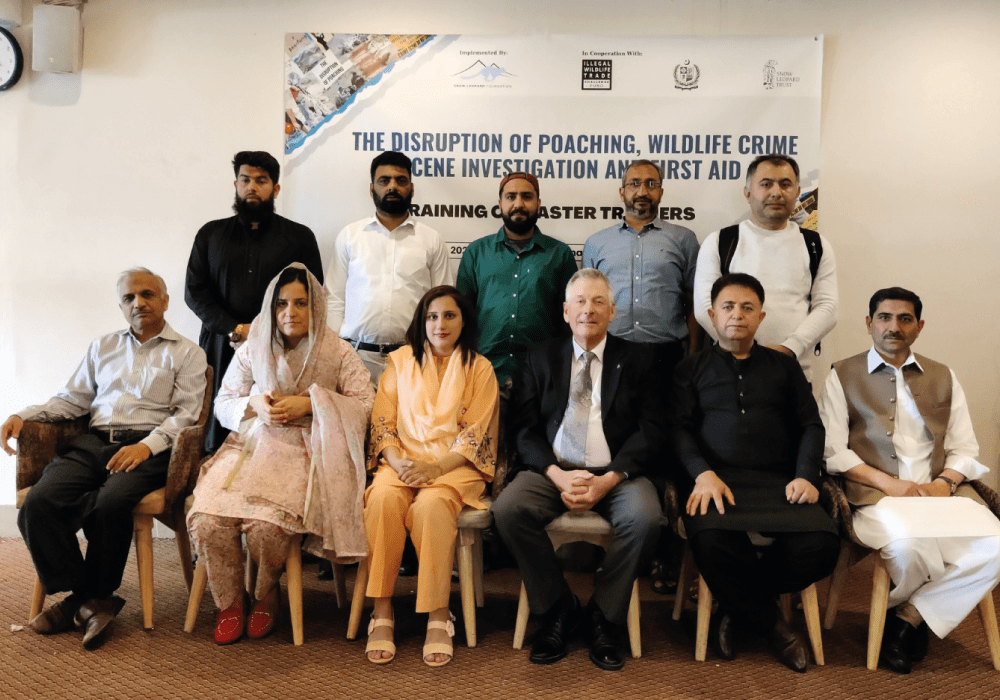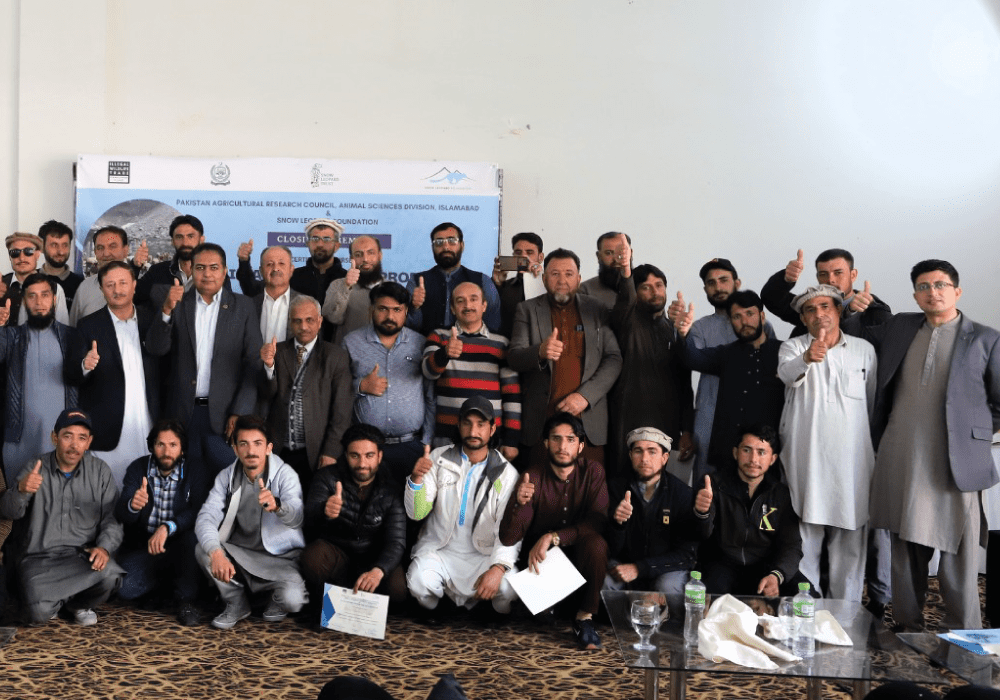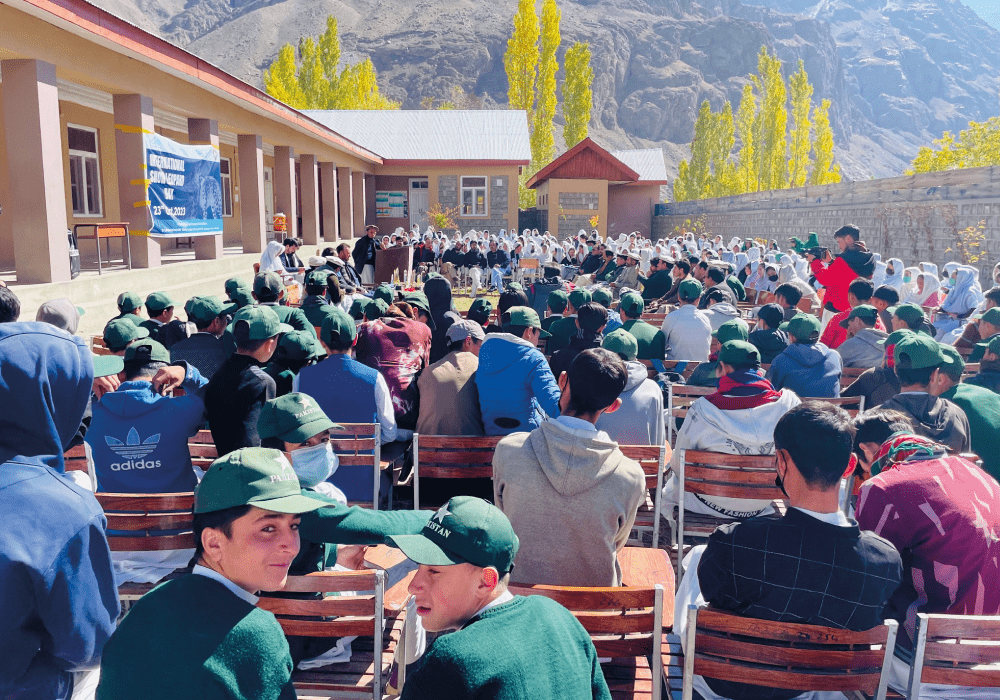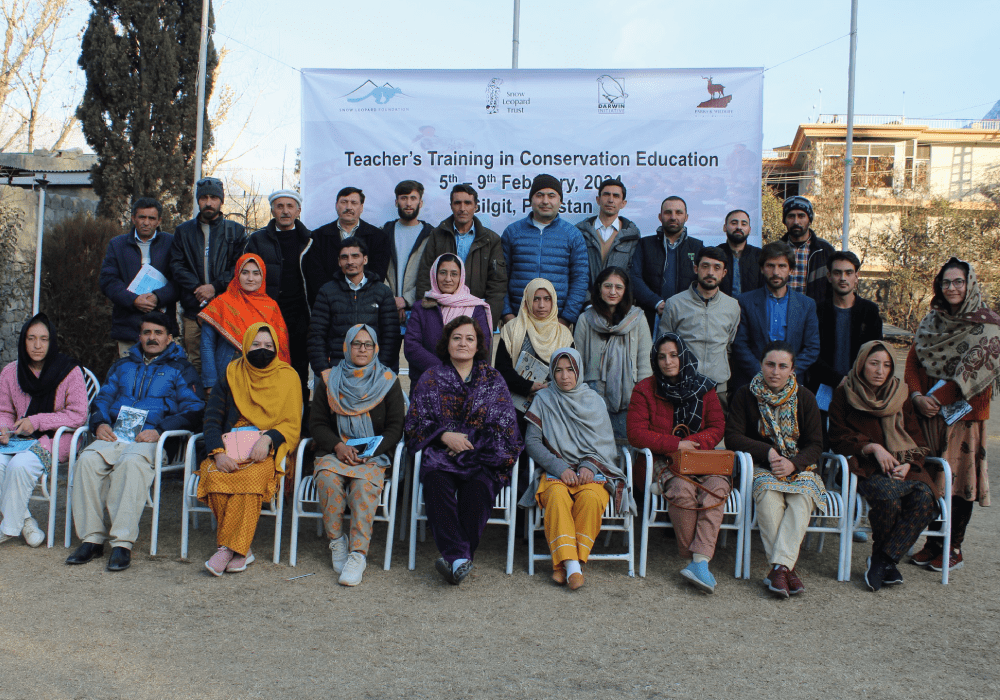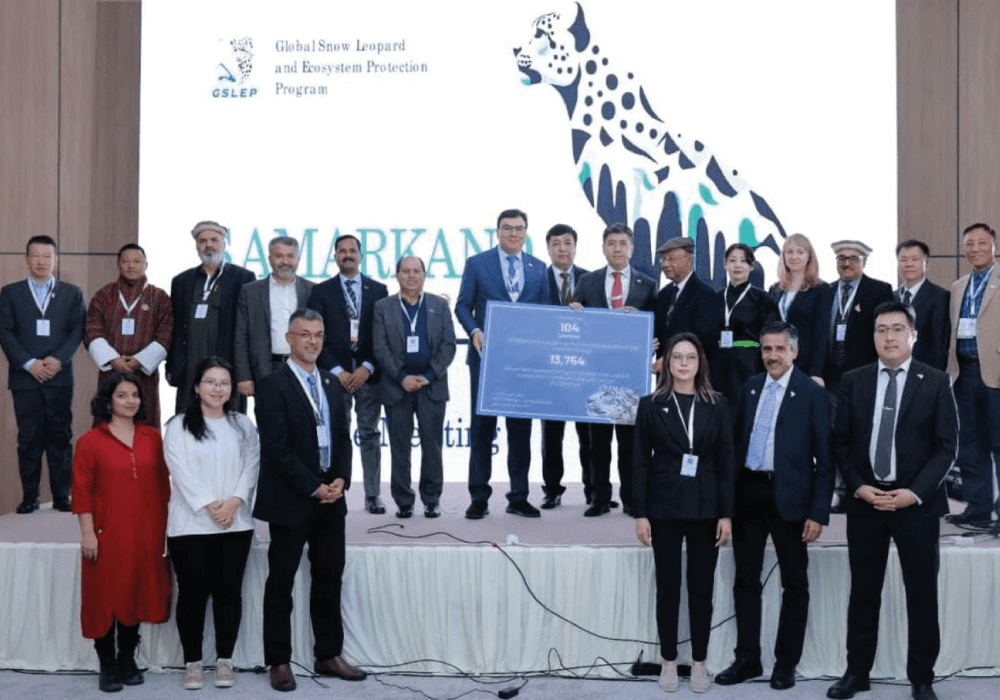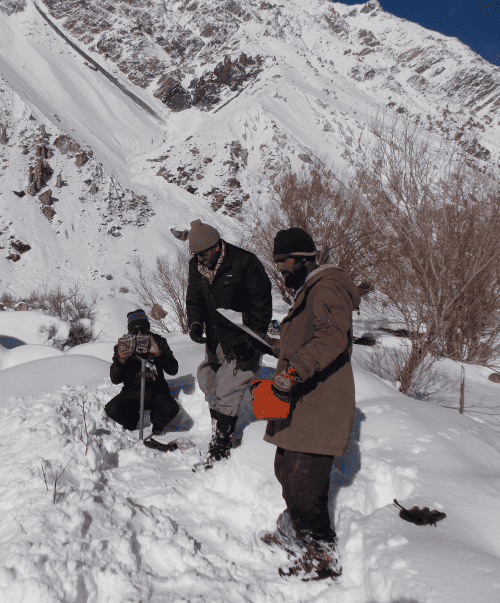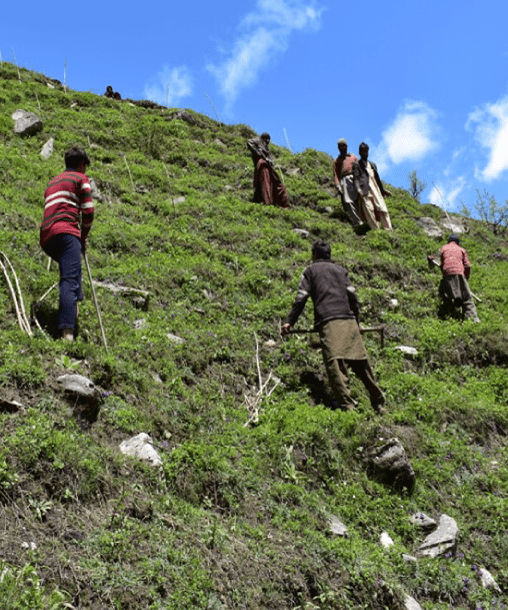Major Intervensions by SLF

The SLF Story
Since its inception in 2008, the SLF has been dedicated to conserving wildlife and its habitats while also enhancing the socio-economic conditions of communities living in fragile mountain ecosystems.
The SLF is a leader in understanding the human- carnivore conflicts and protecting carnivore populations. The SLF excels in addressing human-carnivore conflicts and safeguarding carnivore populations, ensuring that fragile ecosystems can thrive and flourish.
SLF has been collaborating with remote and underserved mountain communities in Gilgit-Baltistan, Khyber Pakhtunkhwa, and Azad Jammu & Kashmir, concentrating on three key areas: science and research, awareness and education, and community-based conservation.
Through a blend of cutting-edge research, capacity-building programs, and community engagement, SLF has achieved notable progress in reducing human- carnivore conflicts. By deploying predator-proof corrals, compensating for livestock losses, and actively involving local communities in conservation efforts, SLF effectively safeguards both wildlife and human livelihoods.
Inhabitants of the North
In the rugged northern mountain landscapes, a rich variety of wildlife flourishes. Majestic snow leopards, along with other large, medium and small sized carnivores and mountain ungulates, create a complex and interconnected ecosystem. These species are vital for maintaining ecological balance, underscoring the critical need for conservation efforts in these remote regions.
Despite making up only a small portion of all mammalian biomass, large carnivores have been a great source of fascination for society. This fascination stems from their strength and beauty as well as their frightening and elusive nature. The conservation of carnivores forms the core of SLF’s conservation strategy, given the importance of carnivores for the correct functioning of an entire ecosystem. They do so by regulating or limiting the number of prey species.
Carnivores are also considered to be key umbrella species because their presence often benefits other life forms. Biological traits that make species most vulnerable to extinction, such as large home ranges, low densities and narrow geographical ranges, are unfortunately best reflected in large carnivores. Rare, elusive and dangerous, carnivores are also challenging to study. To better monitor carnivores, understand their ecological needs and explore effective means of their coexistence with local communities, it is essential to make use of advancing methodologies so that we may save these majestic animals.
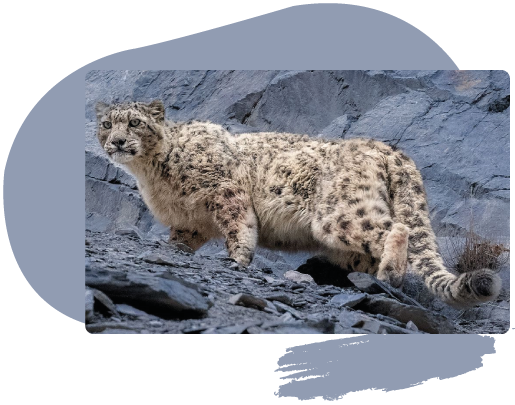
Both hunters and hunted, the small carnivores weigh less than 0.5 kilograms and are the least explored among mammalian carnivores. Small carnivores make an essential part of the ecological processes, contributing to the development of many ecological concepts; however, despite their importance and functional uniqueness, small carnivores remain elusive in scientific literature because they are notoriously difficult to study in the wild.
These species play a crucial role in ecosystems as predators of small vertebrates and invertebrates, and frugivorous species are important seed dispersers. Small carnivores are often neglected and prone to severe existential threats. By taking advantage of advanced technology such as camera trapping and advanced statistical methods, SLF is developing data on the small carnivore population.
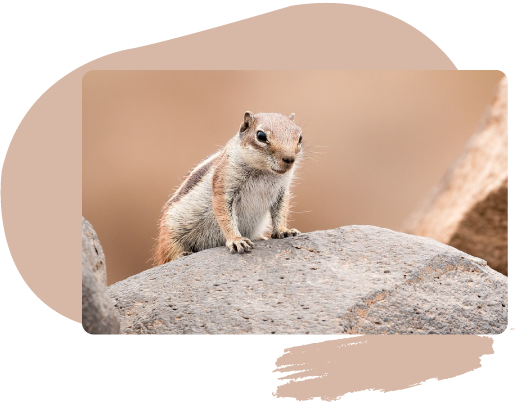
Literally, “Ungulate” refers to any animal with hooves, a hoof being an enlarged toenail. Important wild ungulates of Pakistan include Markhor, Urial, Ibex, Musk Deer, Blue Sheep, and Marco Polo Sheep. These are the main prey of the endangered snow leopard as well as a source of economic benefit for local communities who are engaged in sustainable trophy hunting.
Proper monitoring is always deemed necessary by conservationists to measure conservation interventions as well as for the proper functioning of ecosystems. SLF is monitoring wild ungulate populations in its program sites using advanced methods, conducting research on ungulates’ various ecological aspects, and working with local communities to conserve them.
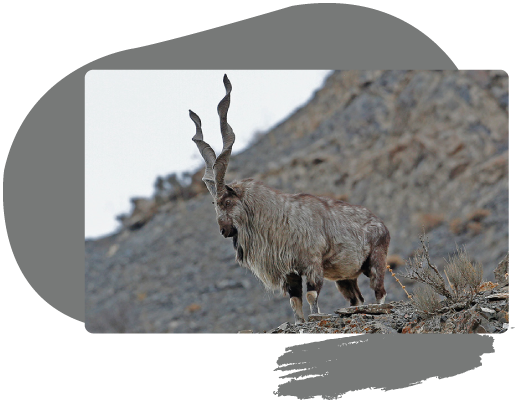
Our Partners
The Snow Leopards Foundation (SLF) collaborates with a diverse network of partners who share our commitment to conserving snow leopards and their fragile ecosystems. Our partners include government agencies, non-profit organizations, research institutions, and local communities.

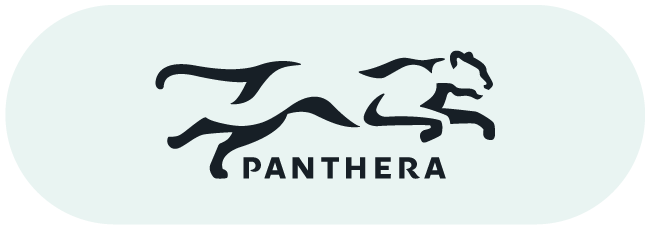
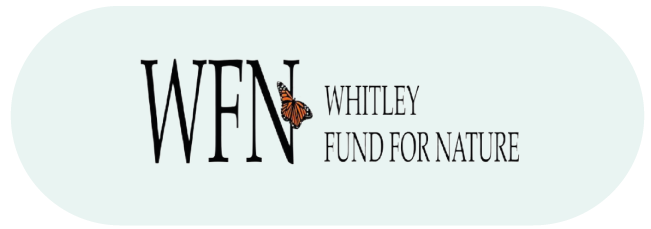
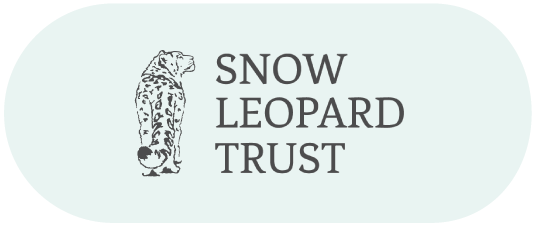

















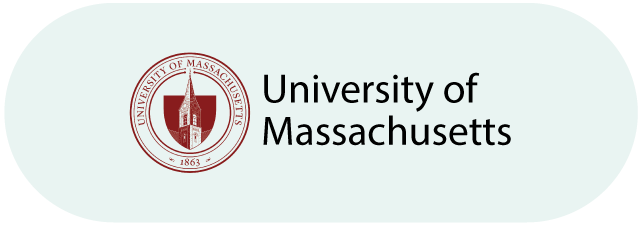

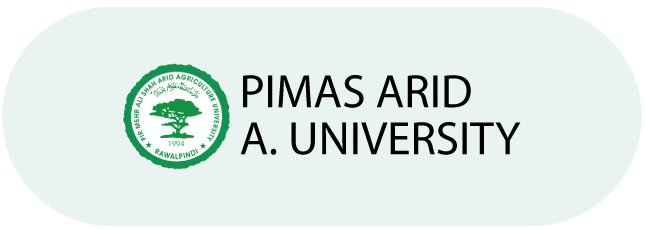
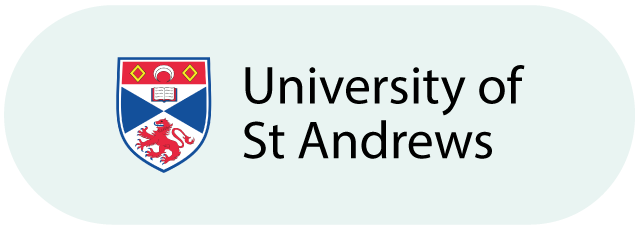











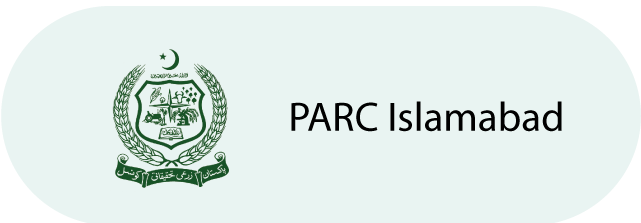

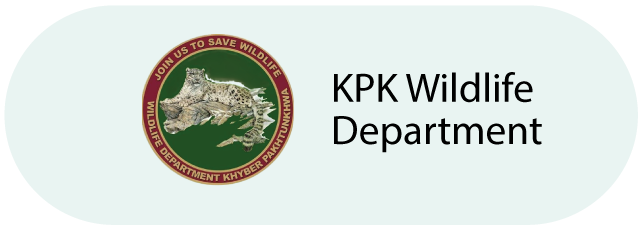







Programs
Our Newsletter
Publications
SLF Newsletter PEAKS’ WHISPER May 2025
SLF Newsletter PEAKS’ WHISPER April 2025
SLF Newsletter PEAKS’ WHISPER March 2025
SLF Newsletter PEAKS’ WHISPER Feb 2025
Our Impact
 Conservation Tourism Sites Devoloped
Conservation Tourism Sites Devoloped
 Valleys Covered for Community-Based Livestock Insurance Schemes
Valleys Covered for Community-Based Livestock Insurance Schemes

